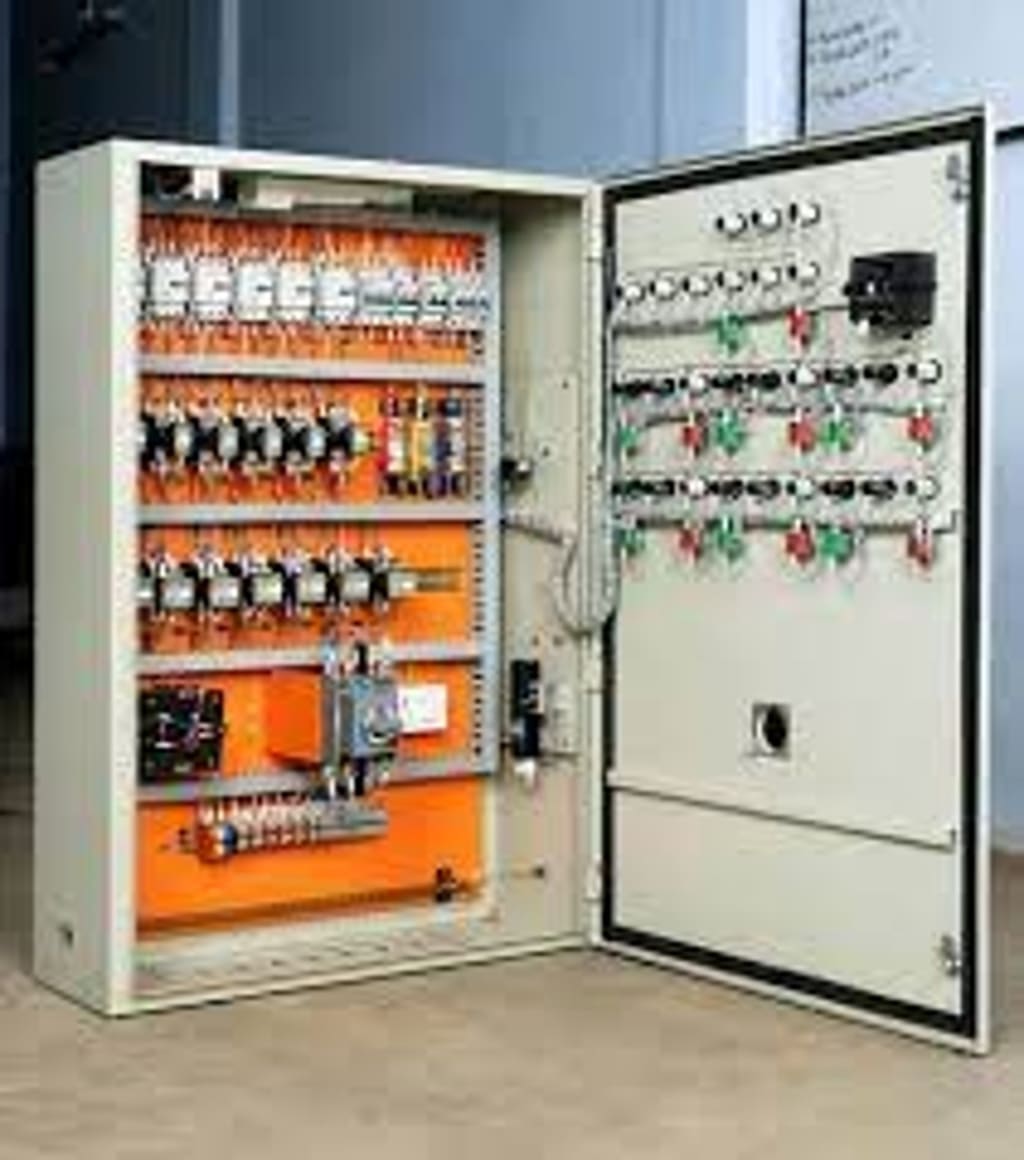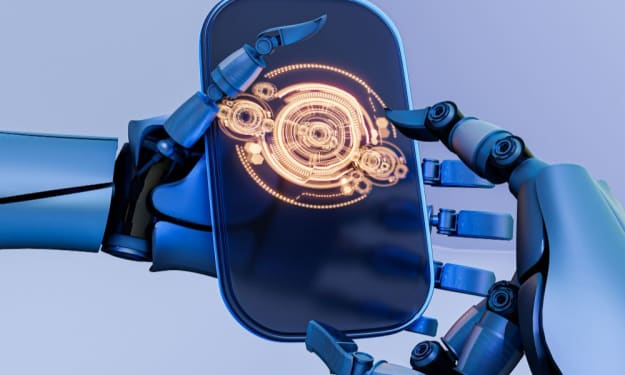Introduction to Electrical Engineering services and electrical panels
Introduction to electrical services and electrical panels

Introduction to electrical services and electrical panels
Electricity is the lifeblood of modern society, powering everything from our homes and workplaces to industrial machinery and communication systems. Electrical services play a key role in the design, installation and maintenance of complex networks that enable the safe and efficient distribution of electrical power. At the heart of these services are electrical panels, also known as switchboards or switchboards, which serve as control centers to control and direct the flow of electricity. In this comprehensive guide, Asghar Electric delve into the world of electrical services and explore the importance of electrical panels in various applications.
Understanding of electrical services
The role of electrical services
Electrical Engineering services include a wide range of activities aimed at ensuring efficient and reliable production, transmission and distribution of electrical energy. These services are essential for residential, commercial and industrial environments and enable lighting, heating, cooling, communication systems, machinery and more to function. Engineers in this field are responsible for designing, installing, and maintaining electrical systems that meet safety standards and regulations while optimizing energy efficiency.
Scope of electrical services
The range of electrical services is wide and includes:
Design and planning
This phase involves creating electrical system plans considering factors such as load requirements, voltage levels, circuit layouts, and safety precautions. Engineers use specialized software to simulate and analyze different design scenarios before finalizing the optimal solution.
Installation and wiring
Once the design is approved, the installation phase begins. This includes running the cables, setting up the wiring, and connecting the various components to create a functional electrical network. Accuracy and attention to detail are key at this stage to avoid hazards and ensure long-term reliability.
Testing and troubleshooting
After installation, rigorous testing procedures are performed to verify system integrity and compliance with performance standards. Engineers use specialized tools to measure voltage, current, and resistance and identify any deviations or problems that need to be corrected.
Maintenance and upgrades
Electrical systems require regular maintenance to maintain optimal performance. Engineers perform inspections, perform preventive maintenance and address wear and tear to prevent unexpected breakdowns. The maintenance process also includes upgrades to respond to increased loads or incorporate new technologies.
Security and Compliance
Safety is paramount in electrical engineering. Technicians follow strict safety codes and regulations to minimize the risk of electric shock, fire and other hazards. They implement grounding systems, install protective devices and follow best practices to ensure safe operations.
Industrial vs. household electrical engineering services
While the fundamentals of electrical engineering remain consistent, there are significant differences between industrial and residential services. Industrial settings often involve higher energy demands, complex machinery and specialized equipment. Engineers working in industrial environments must design systems that can handle these demands while maintaining safety and efficiency. Residential services, on the other hand, focus on meeting the electrical needs of homes, including lighting, outlets, appliances and entertainment systems.
Importance of electrical panels
What are electrical panels?
Electrical panels, also known as distribution boards or switch panels, are central control points that control the distribution of electrical power in a building or facility. These panels receive electricity from the main power source and distribute it to various circuits throughout the structure. They are equipped with circuit breakers or fuses that protect circuits from overloads and short circuits, thus preventing electrical damage and danger.
Components and functionality
Main circuit breaker
The main circuit breaker in the electrical panel serves as the primary switch. Allows you to turn off power to the entire building in case of emergency or maintenance.
Circuit breaker
Circuit breakers are switches that automatically interrupt electrical flow when a circuit is overloaded or shorted. They are designed to prevent damage to wires and equipment from excessive current.
Fuses
Similar to circuit breakers, fuses provide overcurrent protection. When the current exceeds a safe level, the fuse wire melts and breaks the circuit. After burning, the fuses must be replaced.
Busbar
Busbars are conductive metal strips inside the panel that distribute electricity to the various circuit breakers. They provide a central connection point for incoming and outgoing electrical currents.
Grounding and bonding
Electrical panels are grounded to prevent electric shock and fire. A grounding system directs excess electricity safely into the ground, while bonding ensures that all metal components remain at the same electrical potential.
Types of electrical panels
Main service panels
These panels are the primary source of power distribution for the building. They receive electricity from the public grid and distribute it to various circuits throughout the structure.
Subpanels
Subpanels are secondary panels connected to the main service panel. They provide localized power distribution to specific areas, reducing the need for long cables.
Special panels
Specialty panels are designed for specific applications such as controlling lighting, HVAC systems or renewable energy sources such as solar panels.
Importance of proper panel design and maintenance
A well-designed electrical panel layout is essential for efficient and safe power distribution. The basic factors are correct markings, adequate spacing and consideration of future expansion. Regular panel inspections, tightening of connections, and prompt replacement of damaged components are vital to maintaining the reliability and safety of the electrical system.
Conclusion
In the modern world, electrical services govern the functioning of every aspect of our lives. From homes to industry, electrical engineers design, install and maintain the complex systems that provide us with electricity for our everyday needs. At the heart of these systems are electrical panels that serve as nerve centers that control and distribute power while ensuring safety and efficiency. Understanding the importance of electrical services and Electrical panels is essential to support reliable and sustainable energy.
About the Creator
Enjoyed the story? Support the Creator.
Subscribe for free to receive all their stories in your feed. You could also pledge your support or give them a one-off tip, letting them know you appreciate their work.





Comments
There are no comments for this story
Be the first to respond and start the conversation.